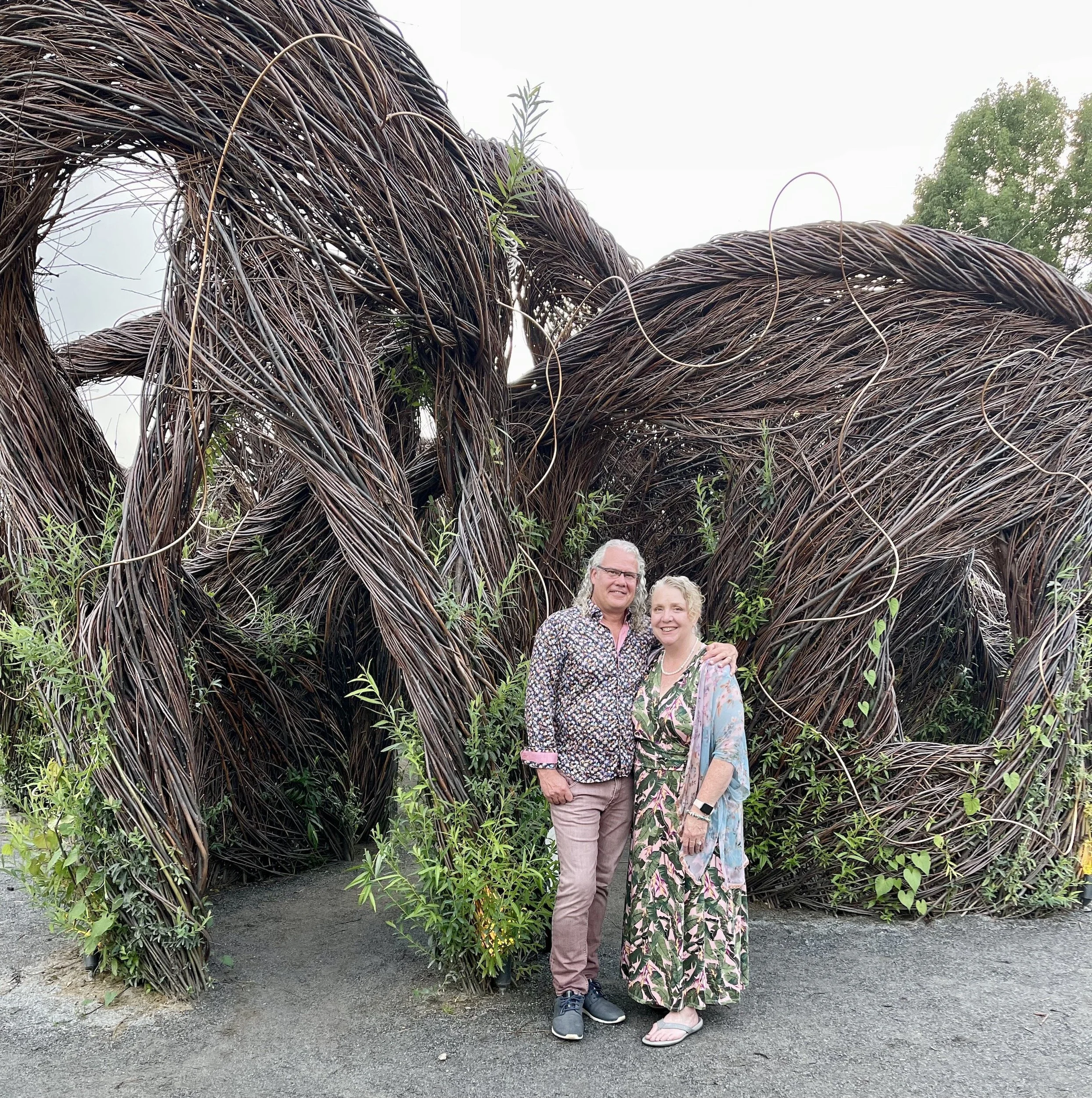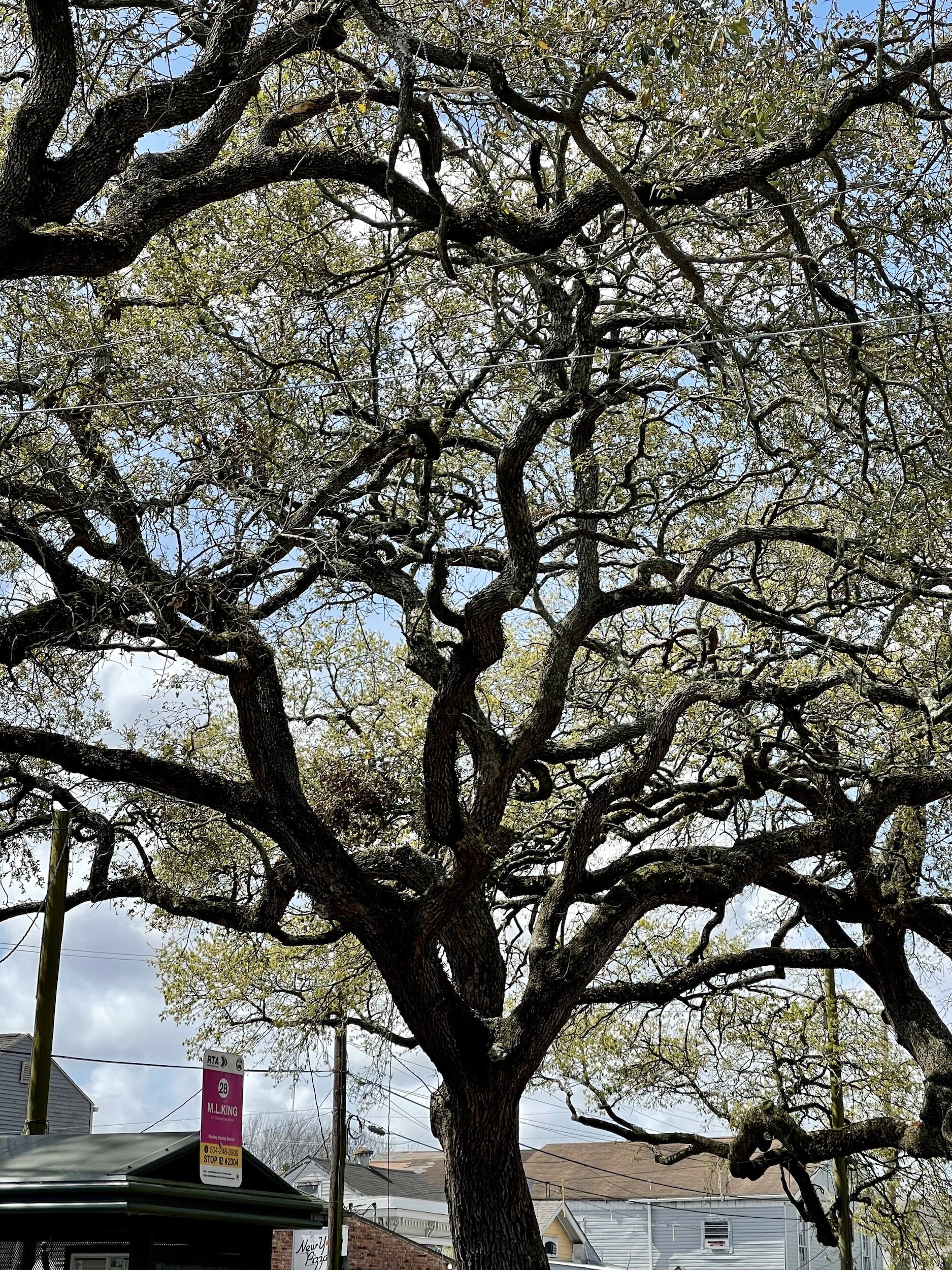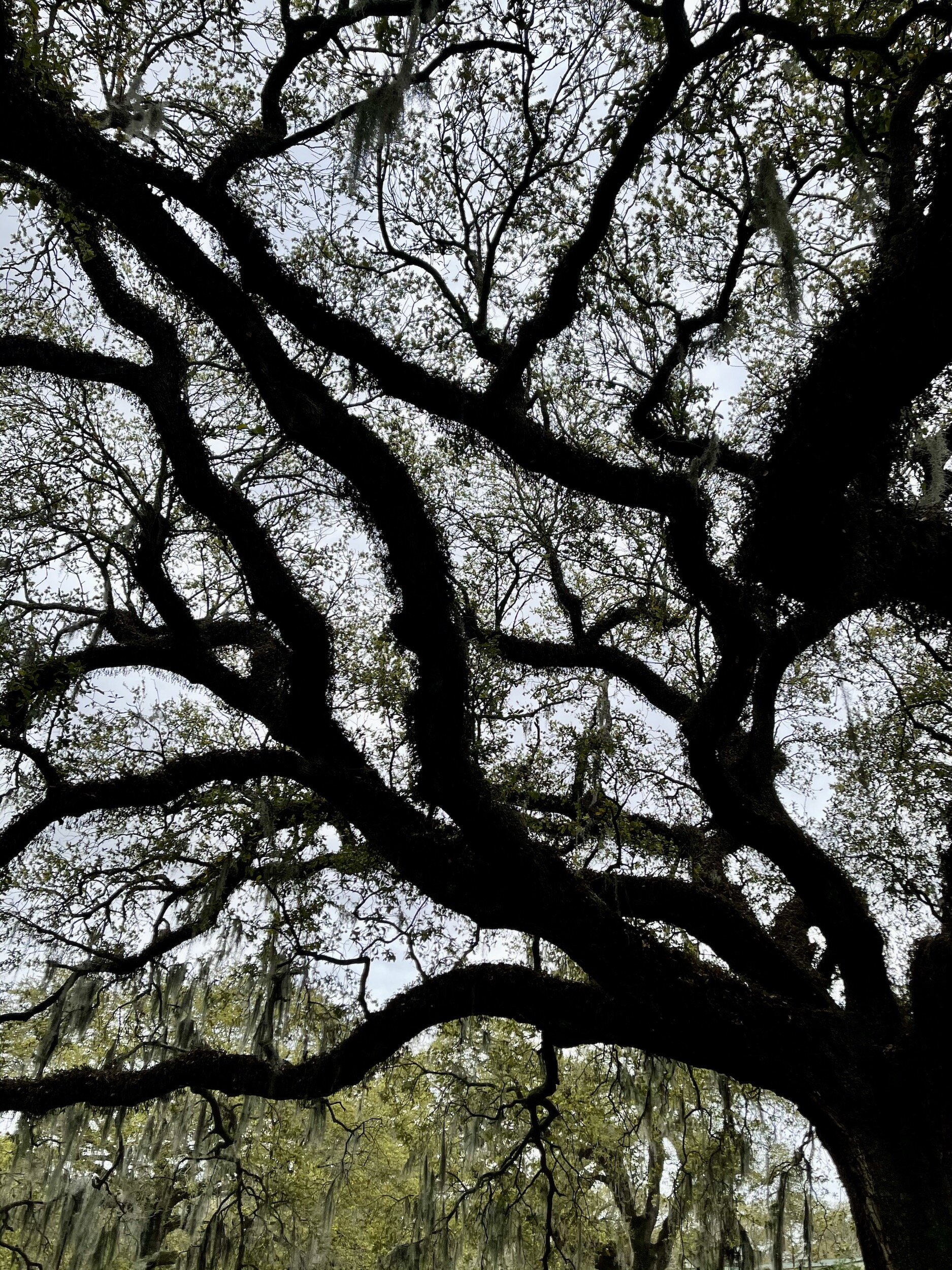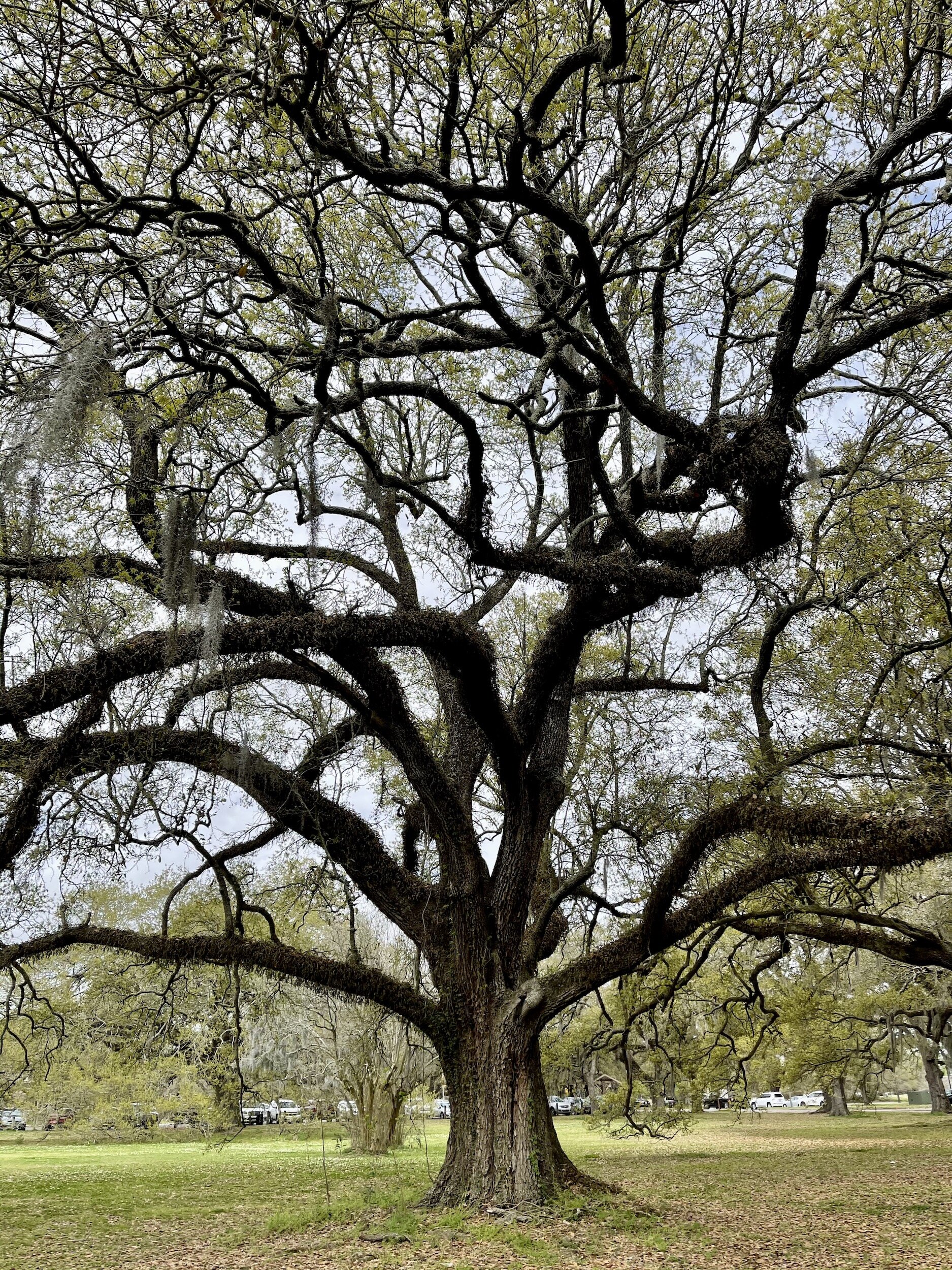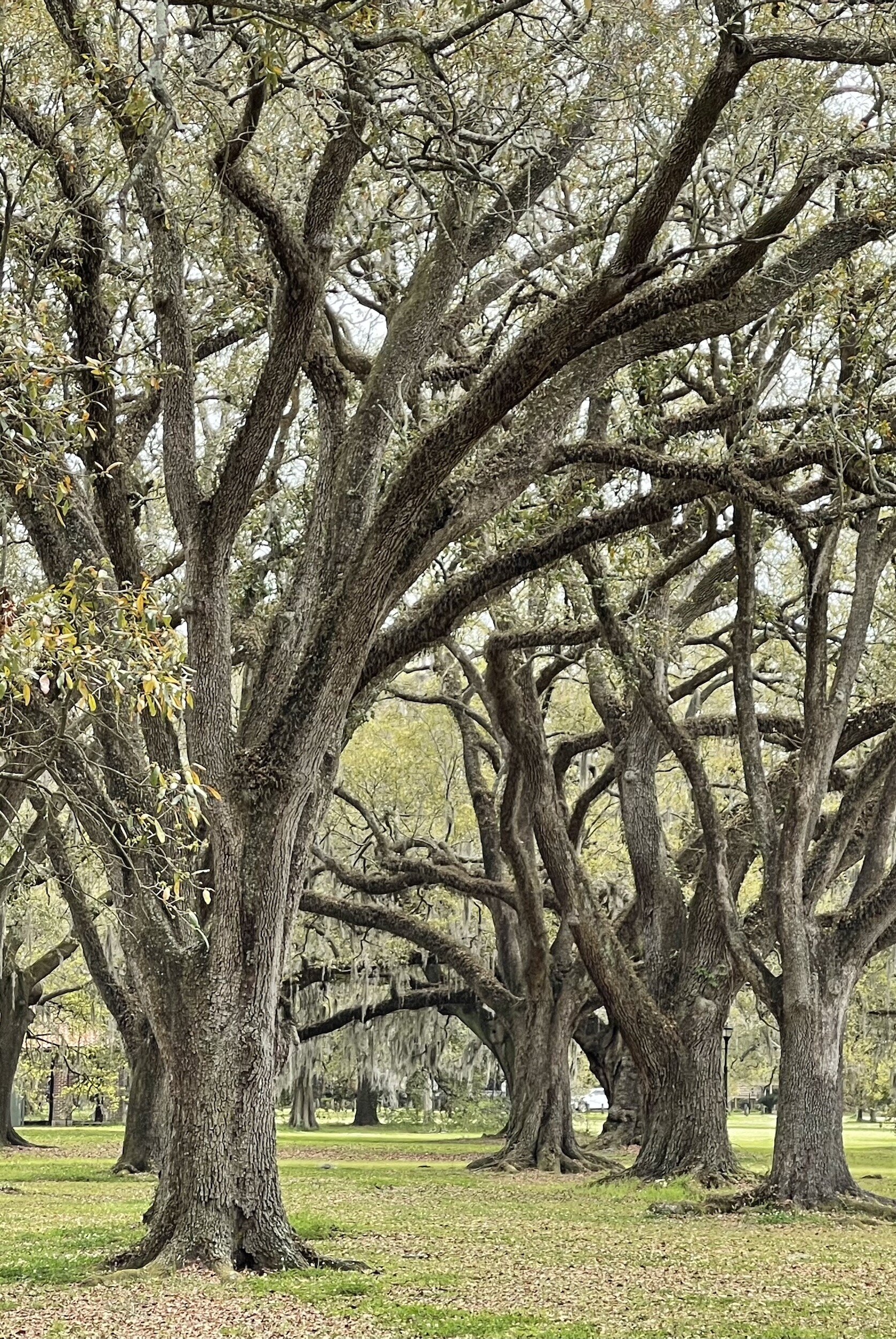While I did not have much time in my studio in April and May, I did finish the large leaf study below. I really like the energy and color play in this composition. It makes me smile. The power of incremental achievement is real. Yay, for small victories!
“Lively Leaf” 2018/2022 47.5” w by 48.5” h”
commercial cottons, cotton batting, machine quilted
© Pamela Loewen
Earlier in my career, when my kids were little (twin boys and a daughter only 3 years apart in age), I wouldn’t even try to work in my studio space unless I had at least 2 or 3 hours of uninterrupted time. As you can imagine, that didn’t happen very often in the early years. I was not working consistently. The progress of projects was painfully slow. What was I thinking?
Let’s be honest. When you are working creatively, it takes time to get into a creative head space. It isn’t like flipping on a light switch as soon as you walk into your studio. At least it isn’t for me. But an all or nothing approach was not working for me.
“Lively Leaf” detail A
So I adopted a new strategy. Even if I had only 15 to 30 minutes, I would run up to my studio and try to get something done. In quilt making there are many tasks that do not require a high degree of creative decision making, such as sinking knots, tidying fabric, some sewing tasks and even some kinds of machine quilting. Not only did this increase my productivity, it gave me greater continuity in my creative workflow. And more often than not, when I thought I could only get half an hour in my studio, I was able to work much longer.
It is amazing how our own minds can limit us. How is your thinking limiting you?
“Lively Leaf” detail B
























